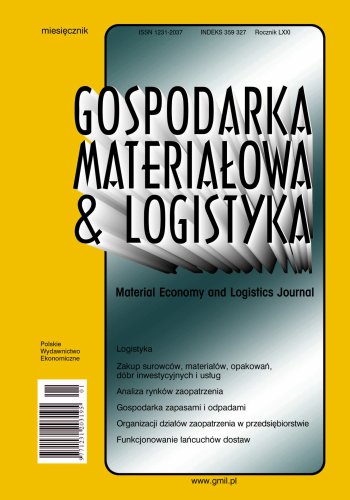Material Economy and Logistics 01/2023
ISSN: 1231-2037
Pages: 66
Publication date: 2023
Place publication: Warszawa
Binding: paperback
Format: A4
Publication date: 2023
Place publication: Warszawa
Binding: paperback
Format: A4
DOI: 10.33226/1231-2037.2023.1.1
JEL: M21, Q55
DOI: 10.33226/1231-2037.2023.1.2
JEL: D21, D29
DOI: 10.33226/1231-2037.2023.1.3
JEL: J24, L14, M12, M54
DOI: 10.33226/1231-2037.2023.1.4
Inż. Patrycja Guzanek, Mgr inż. Grzegorz Sobecki, Mgr inż. Piotr Bawoł, Dr hab. inż. Anna Borucka, prof. WAT
JEL: O01, O02, O03
DOI: 10.33226/1231-2037.2023.1.5
JEL: K42
DOI: 10.33226/1231-2037.2023.1.6
JEL: D22, L20, L91
DOI: 10.33226/1231-2037.2023.1.7
JEL: R41, C45, C53, D81
| Odbiór osobisty | 0 € |
| Kurier Inpost | 4 € |
| Kurier FedEX | 4 € |
| Inpost Paczkomaty | 4 € |
| Free delivery in Reader's Club | from 47 € |

